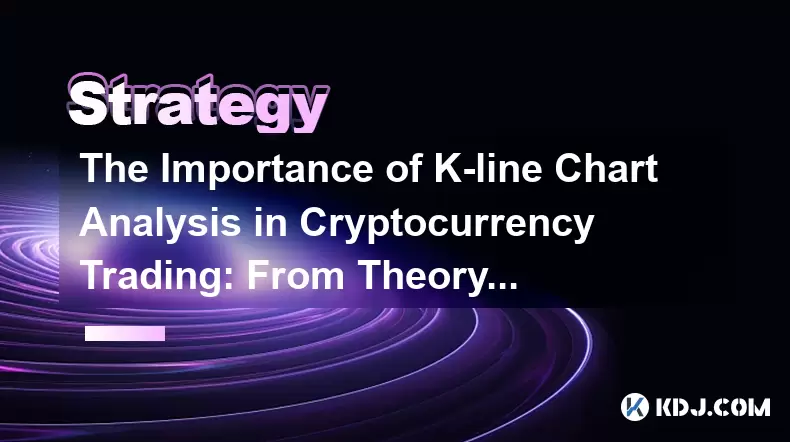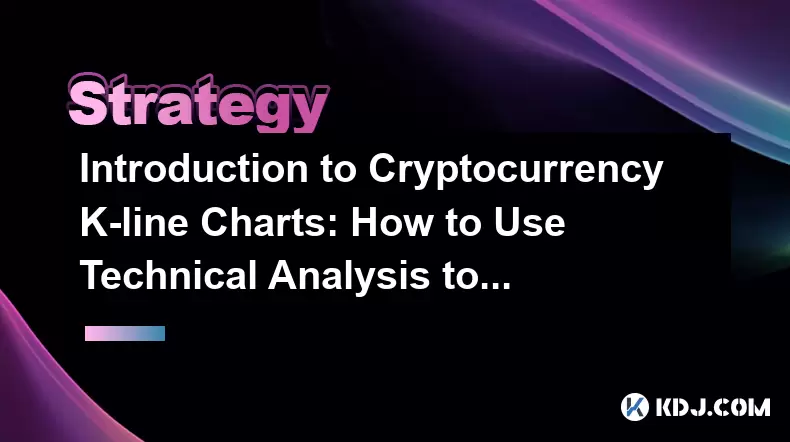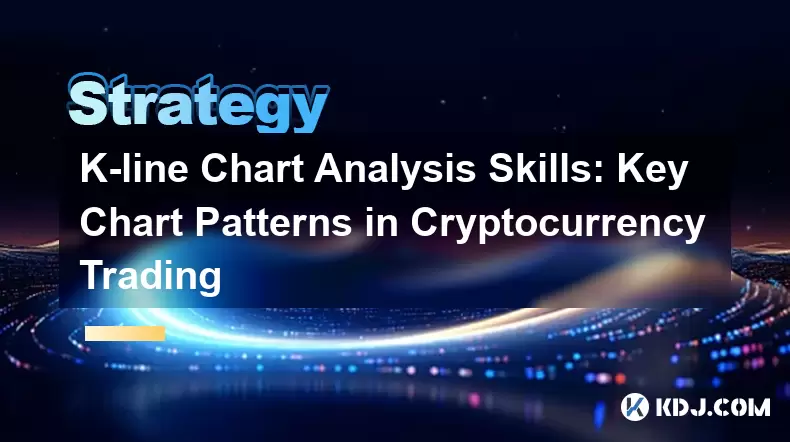-
 Bitcoin
Bitcoin $105,537.3311
0.52% -
 Ethereum
Ethereum $2,534.9724
-0.21% -
 Tether USDt
Tether USDt $1.0003
-0.01% -
 XRP
XRP $2.1682
0.05% -
 BNB
BNB $650.0980
0.06% -
 Solana
Solana $147.2387
1.07% -
 USDC
USDC $0.9999
-0.01% -
 Dogecoin
Dogecoin $0.1754
-1.46% -
 TRON
TRON $0.2727
1.16% -
 Cardano
Cardano $0.6304
-0.95% -
 Hyperliquid
Hyperliquid $40.2405
-1.75% -
 Sui
Sui $2.9725
-1.14% -
 Bitcoin Cash
Bitcoin Cash $455.0642
4.31% -
 Chainlink
Chainlink $13.1787
0.13% -
 UNUS SED LEO
UNUS SED LEO $9.2057
1.42% -
 Stellar
Stellar $0.2583
-0.63% -
 Avalanche
Avalanche $19.0135
-0.81% -
 Toncoin
Toncoin $2.9736
0.35% -
 Shiba Inu
Shiba Inu $0.0...01198
-1.91% -
 Litecoin
Litecoin $86.1370
-0.37% -
 Hedera
Hedera $0.1539
-3.13% -
 Polkadot
Polkadot $3.8055
-0.03% -
 Ethena USDe
Ethena USDe $1.0002
-0.02% -
 Monero
Monero $317.7118
0.71% -
 Dai
Dai $0.9999
-0.01% -
 Bitget Token
Bitget Token $4.5231
-0.50% -
 Pepe
Pepe $0.0...01120
0.46% -
 Uniswap
Uniswap $7.2587
-1.28% -
 Pi
Pi $0.6103
2.01% -
 Aave
Aave $277.3202
-0.22%
Short-term leverage skills for currency speculation
Understanding leverage in cryptocurrency trading involves calculating the potential returns and managing risks associated with using borrowed funds to amplify profits.
Jan 08, 2025 at 02:56 am

Key Points:
- Understanding Leverage in Cryptocurrency Trading
- Types of Leverage Options
- Calculating Leverage and Potential Returns
- Managing Risk with Leverage
- Strategies for Using Leverage Effectively
- Common Mistakes to Avoid
Understanding Leverage in Cryptocurrency Trading
Leverage is a financial tool that allows traders to increase their potential profits by borrowing funds from a broker. In cryptocurrency trading, leverage is typically expressed as a ratio, such as 10x or 100x. This means that a trader can control a position worth 10 or 100 times their initial investment.
Leverage can be a powerful tool for amplifying profits, but it also carries significant risk. If the market moves against the trader's position, they could lose more money than their initial investment.
Types of Leverage Options
There are two main types of leverage options available to cryptocurrency traders:
- Cross Margin: This type of leverage allows traders to use the total value of their account as collateral for all of their positions. This provides greater flexibility but also exposes traders to the risk of liquidation if the market moves against them sharply.
- Isolated Margin: This type of leverage allows traders to specify the amount of leverage used for each individual position. This provides more control over risk but limits the potential returns compared to cross margin.
Calculating Leverage and Potential Returns
The amount of leverage used by a trader will determine their potential profitability and risk. To calculate the potential return on a leveraged trade, follow these steps:
- Multiply the initial investment by the leverage ratio. For example, a $1,000 investment with 10x leverage would result in a $10,000 position.
- Multiply the position value by the percentage change in the asset price. For example, if the price increases by 5%, the potential return would be $500 (10,000 x 0.05).
- Subtract any fees or commissions charged by the broker from the potential return.
Managing Risk with Leverage
Leverage amplifies both profits and losses, so it is crucial to manage risk effectively when using it. Some key risk management strategies include:
- Using Stop-Loss Orders: These orders automatically close a position if the price falls below a specified level, limiting potential losses.
- Hedging with Counter-Positions: Holding positions in multiple assets that are correlated with the main position can reduce the overall risk exposure.
- Monitoring Market Conditions: Staying informed about market news and events can help identify potential risks and take appropriate action.
Strategies for Using Leverage Effectively
Leverage can be a valuable tool for short-term cryptocurrency speculation if used strategically. Some effective strategies include:
- Trend Following: Using leverage to amplify profits during strong market trends.
- Range Trading: Trading within a specific price range using leverage to maximize small price movements.
- Scalping: Executing multiple small trades in a short time frame with leverage to generate quick profits.
Common Mistakes to Avoid
Common mistakes made by traders using leverage include:
- Overleveraging: Using too much leverage for their risk tolerance.
- Trading Without a Plan: Entering trades without a clear strategy and risk management plan.
- Ignoring Market Sentiment: Failing to consider the overall market sentiment and potential risks.
FAQs
Q: What is the maximum leverage I can use?
A: The maximum leverage available to cryptocurrency traders varies depending on the exchange and asset. Some exchanges offer leverage as high as 100x or 125x, while others have lower limits of 20x or 50x.
Q: Is leverage available for all cryptocurrencies?
A: No, not all cryptocurrencies support leverage trading. Some exchanges may offer leverage for major cryptocurrencies such as Bitcoin, Ethereum, and altcoins, but the availability may vary depending on the exchange and market conditions.
Q: Can I use leverage to earn a passive income?
A: While leverage can amplify profits, it is not suitable for passive income strategies. Leveraged trading requires active monitoring and risk management to prevent significant losses.
Disclaimer:info@kdj.com
The information provided is not trading advice. kdj.com does not assume any responsibility for any investments made based on the information provided in this article. Cryptocurrencies are highly volatile and it is highly recommended that you invest with caution after thorough research!
If you believe that the content used on this website infringes your copyright, please contact us immediately (info@kdj.com) and we will delete it promptly.
- XRP (XRP) trades at $2.29 on April 29, 2025, with a market capitalization of $133 billion
- 2025-06-15 21:35:12
- XRP's Momentum Is No Match for MUTM's Explosive Potential
- 2025-06-15 21:35:12
- MELANIA Coin Built on Solana Blockchain Withdraws Token Liquidity of $ 1 Million
- 2025-06-15 21:30:11
- A major reversal has been witnessed in the crypto world. Cardano, which was called a “Ghost Chain” i.e. an inactive blockchain
- 2025-06-15 21:30:11
- Bitcoin Core Developers About to Merge a Change That Turns Bitcoin into a Worthless Altcoin
- 2025-06-15 21:25:13
- Italy's central bank warns that the crypto market surge, fueled by Trump's support, poses a global financial instability risk.
- 2025-06-15 21:25:13
Related knowledge

Cryptocurrency K-line chart technical analysis manual: Learn these methods to increase your chances of making a profit
Jun 11,2025 at 11:21pm
Understanding the Basics of K-line ChartsK-line charts, also known as candlestick charts, are one of the most widely used tools in cryptocurrency trading. Each K-line represents a specific time period and provides information about the open, high, low, and close prices during that interval. The body of the candle shows the relationship between the openi...

The Importance of K-line Chart Analysis in Cryptocurrency Trading: From Theory to Practical Cases
Jun 11,2025 at 04:56pm
Understanding the Basics of K-line ChartsK-line charts, also known as candlestick charts, are a visual representation of price movements over specific time intervals. Each K-line encapsulates four critical data points: the opening price, closing price, highest price, and lowest price within a given timeframe. These charts originated in Japan during the ...

Cryptocurrency K-line Chart Interpretation Guide: How Novices Can Quickly Master the Basics of Technical Analysis
Jun 10,2025 at 08:56pm
Understanding the Basics of K-line ChartsK-line charts, also known as candlestick charts, are one of the most widely used tools in cryptocurrency trading for analyzing price movements. Each K-line represents a specific time period and shows the opening, closing, high, and low prices during that interval. For novices, grasping how to read these elements ...

How to Analyze Short-term and Long-term Trends of Cryptocurrencies through K-line Charts: A Complete Guide
Jun 15,2025 at 12:49pm
Understanding the Basics of K-line ChartsK-line charts, also known as candlestick charts, are essential tools used in cryptocurrency trading to visualize price movements over time. Each candlestick represents a specific time interval and contains four key data points: open, high, low, and close. The body of the candle shows the range between the opening...

Introduction to Cryptocurrency K-line Charts: How to Use Technical Analysis to Optimize Trading Decisions
Jun 12,2025 at 03:56pm
Understanding the Basics of K-line ChartsK-line charts, also known as candlestick charts, are one of the most essential tools used in cryptocurrency trading. Originating from Japan, these charts visually represent price movements over specific time intervals. Each candlestick displays four key pieces of information: the opening price, closing price, hig...

K-line Chart Analysis Skills: Key Chart Patterns in Cryptocurrency Trading
Jun 13,2025 at 10:21am
Understanding the Basics of K-line Charts in Cryptocurrency TradingK-line charts, also known as candlestick charts, are essential tools for analyzing price movements in cryptocurrency markets. Each candlestick represents a specific time frame and provides information about the open, high, low, and close (OHLC) prices during that period. In crypto tradin...

Cryptocurrency K-line chart technical analysis manual: Learn these methods to increase your chances of making a profit
Jun 11,2025 at 11:21pm
Understanding the Basics of K-line ChartsK-line charts, also known as candlestick charts, are one of the most widely used tools in cryptocurrency trading. Each K-line represents a specific time period and provides information about the open, high, low, and close prices during that interval. The body of the candle shows the relationship between the openi...

The Importance of K-line Chart Analysis in Cryptocurrency Trading: From Theory to Practical Cases
Jun 11,2025 at 04:56pm
Understanding the Basics of K-line ChartsK-line charts, also known as candlestick charts, are a visual representation of price movements over specific time intervals. Each K-line encapsulates four critical data points: the opening price, closing price, highest price, and lowest price within a given timeframe. These charts originated in Japan during the ...

Cryptocurrency K-line Chart Interpretation Guide: How Novices Can Quickly Master the Basics of Technical Analysis
Jun 10,2025 at 08:56pm
Understanding the Basics of K-line ChartsK-line charts, also known as candlestick charts, are one of the most widely used tools in cryptocurrency trading for analyzing price movements. Each K-line represents a specific time period and shows the opening, closing, high, and low prices during that interval. For novices, grasping how to read these elements ...

How to Analyze Short-term and Long-term Trends of Cryptocurrencies through K-line Charts: A Complete Guide
Jun 15,2025 at 12:49pm
Understanding the Basics of K-line ChartsK-line charts, also known as candlestick charts, are essential tools used in cryptocurrency trading to visualize price movements over time. Each candlestick represents a specific time interval and contains four key data points: open, high, low, and close. The body of the candle shows the range between the opening...

Introduction to Cryptocurrency K-line Charts: How to Use Technical Analysis to Optimize Trading Decisions
Jun 12,2025 at 03:56pm
Understanding the Basics of K-line ChartsK-line charts, also known as candlestick charts, are one of the most essential tools used in cryptocurrency trading. Originating from Japan, these charts visually represent price movements over specific time intervals. Each candlestick displays four key pieces of information: the opening price, closing price, hig...

K-line Chart Analysis Skills: Key Chart Patterns in Cryptocurrency Trading
Jun 13,2025 at 10:21am
Understanding the Basics of K-line Charts in Cryptocurrency TradingK-line charts, also known as candlestick charts, are essential tools for analyzing price movements in cryptocurrency markets. Each candlestick represents a specific time frame and provides information about the open, high, low, and close (OHLC) prices during that period. In crypto tradin...
See all articles

























































































